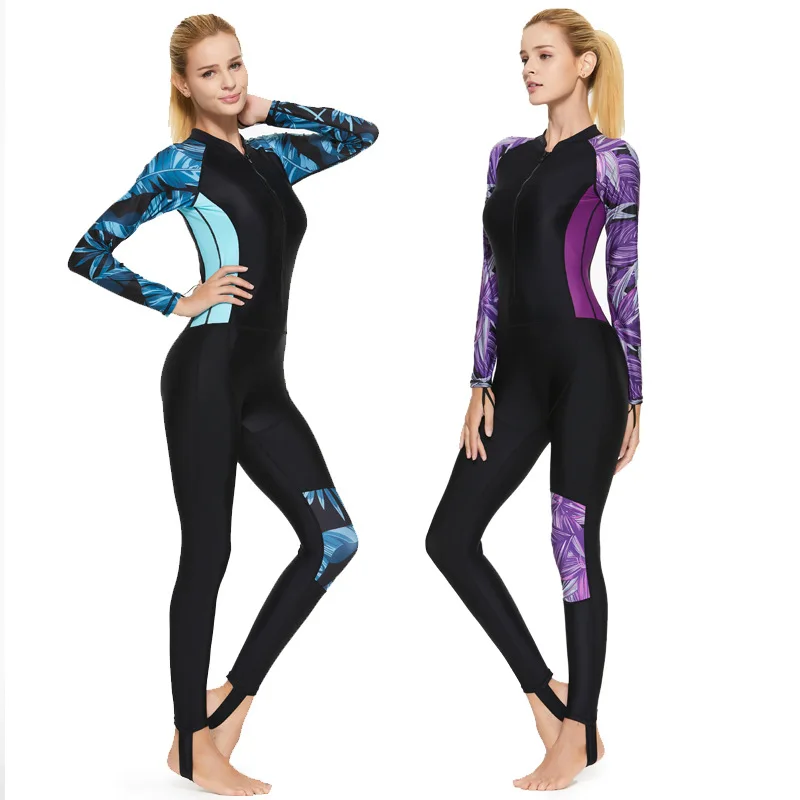ABOUT
Shark Sporting Goods Co., Ltd is a leading manufacturer and supplier of high-quality water sports gear. Based in Dongguan, China, we specialize in providing innovative and durable products tailored for professional athletes and recreational enthusiasts alike. Our extensive product range includes wetsuits, swimwear, and various accessories designed to enhance performance and comfort in water activities.
At Shark, we are committed to quality, sustainability, and customer satisfaction. Our state-of-the-art production facilities and rigorous quality control processes ensure that every product meets the highest industry standards. We pride ourselves on our ability to offer customized solutions and OEM services to meet the unique needs of our partners.
With a strong emphasis on research and development, we continually strive to push the boundaries of design and technology in the water sports industry. Whether you're a retailer or an OEM partner, Shark Sporting Goods Co., Ltd is your trusted partner for quality water sports equipment.
PRODUCTS
The History of Swimwear: A Look Back in Time
Swimwear, those garments we don so readily when we hit the beach or pool, have a fascinating and surprisingly complex history. While today’s swimwear is all about style, comfort, and sun protection, the evolution of these garments has mirrored societal norms, technological advancements, and changing views on the human body. From the practical to the provocative, the history of swimwear offers a captivating glimpse into the past and how our relationship with clothing, particularly in the context of leisure and recreation, has transformed over time.
Early Swimwear: Functionality First
Early forms of swimwear were far from the revealing and fashionable designs we see today. In ancient civilizations like Greece and Rome, both men and women swam nude or wore minimal clothing made of linen or wool. These materials, while functional, were hardly ideal for swimming, often becoming heavy and uncomfortable when wet.
During the Victorian era, modesty reigned supreme, and swimming was considered an activity for the elite. Swimmers, mostly men, wore heavy, woolen suits, often incorporating long trousers, shirts, and even coats. These garments were designed to cover the body completely, leaving little room for movement. Women, confined by societal expectations, were discouraged from swimming altogether, and those who did braved the water in long, cumbersome dresses.
The Birth of Modern Swimwear: Entering the 20th Century
The early 20th century witnessed a revolution in swimwear. The advent of new materials like silk and cotton enabled the creation of lighter and more comfortable garments. The first one-piece swimsuit, resembling a long, loose tunic, emerged in the 1910s. This was a significant step towards more practical and liberating swimwear, allowing women greater freedom of movement in the water.
The 1920s, known for its flapper culture and its emphasis on youthful rebellion, ushered in a new era of swimwear design. Swimsuits became shorter and more revealing, often featuring a plunging neckline and shorter skirt, highlighting the female figure. This era marked a turning point in the history of swimwear, where functionality started taking a backseat to aesthetics and fashion.
The Rise of the Bikini: A Cultural Phenomenon
The 1940s saw the iconic bikini take center stage. Originally designed by French engineer Louis Réard in 1946, the two-piece swimsuit, named after the Bikini Atoll where atomic bomb tests were conducted, was a revolutionary design that shocked the world. Its revealing nature, exposing the midriff and stomach, challenged the prevailing societal norms and sparked controversy.
Despite initial resistance, the bikini quickly gained popularity, especially in beach destinations. It became a symbol of liberation and female empowerment, representing the changing attitudes towards sexuality and the body. The bikini's evolution continued throughout the decades, with variations in style, cuts, and materials reflecting the evolving fashion trends of the time.
Swimwear and the Evolution of Body Image
The history of swimwear is inextricably linked to the evolution of body image in society. The changing designs and trends in swimwear have reflected and influenced societal ideals of beauty and desirability. For example, the rise of the “string bikini” in the 1960s and 1970s signified a cultural shift towards a more tanned and toned body image. The 1980s saw the emergence of high-cut swimsuits, highlighting a preference for a slim and athletic physique.
Today, swimwear continues to evolve, reflecting a more inclusive and diverse range of body types and preferences. The focus is now on finding swimwear that is both stylish and comfortable, catering to a wide spectrum of body shapes and sizes. This emphasis on inclusivity marks a significant shift in the swimwear industry and highlights the ongoing evolution of body image ideals.
Swimwear and Technology: Innovations and Trends
Technological advancements have also played a crucial role in shaping the history of swimwear. The introduction of synthetic materials like nylon and spandex in the mid-20th century revolutionized the industry. These materials were lightweight, durable, and quick-drying, providing superior performance and comfort compared to traditional fabrics.
In recent years, technological advancements have led to the development of high-performance swimwear, featuring features like compression technology, UV protection, and moisture-wicking properties. These innovations cater to the needs of serious swimmers and athletes, offering enhanced performance and comfort during intense aquatic activities.
The Future of Swimwear
Looking ahead, the future of swimwear is likely to be driven by sustainability, functionality, and personalized style. The use of eco-friendly materials, innovative designs, and personalized customization options will continue to shape the industry.
From its humble beginnings as simple, functional garments, swimwear has evolved into a powerful symbol of fashion, body image, and social change. As society continues to redefine its relationship with the body and the environment, swimwear will undoubtedly continue to adapt and innovate, reflecting the ever-evolving cultural landscape.
SUBSCRIBE
INQUIRY








